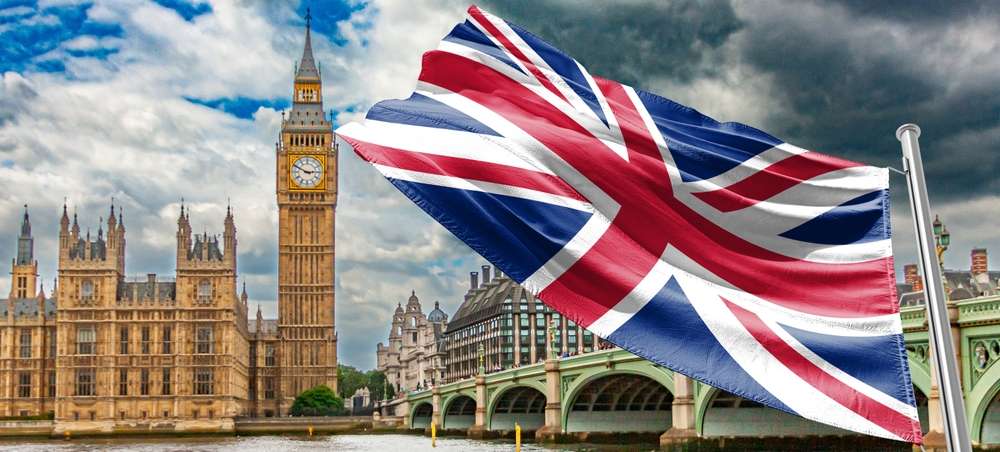
The Roman Empire changed the infrastructure, culture, and historical scene of the United Kingdom, so imprinting itself. From well-preserved forts and walls to historic bathhouses and amphitheaters, vestiges of Roman control may be found all over the nation today. Investigating these places provides a window into when Britain was a vital province of one of the biggest empires in history. Walking around these ruins lets guests come almost two thousand years back and picture life under Roman control.
Hadrian’s Wall: The Empire’s Northern Frontier
Hadrian’s Wall is one of the most amazing artifacts from the Roman Empire in Britain. Constructed under Emperor Hadrian’s instructions in AD 122, this 73-mile-long military barrier divided northern England between Roman Britain and the territory of the unconquered Picts. Forts, watchtowers, and mile castles dot the Wall to provide a window into Roman soldiers’ lives on the boundary. Sites such as Housesteads Roman Fort, Vindolanda, and Birdoswald allow visitors to investigate where amazing relics and ruins expose tales of military strategy and daily life along the border.
UK Visa For BRAZILIAN CITIZENS
Bath: A City Built Around Ancient Waters
Although Bath’s magnificent Georgian architecture is well-known, its history goes far back to the Roman era. One of Europe’s best-preserved ancient bathing complexes, the Roman Baths offers an amazing window into how the Romans relaxed and healed using natural hot springs. Roman life in Britain revolved mostly around the vast bathing complex, which included a temple honoring the goddess Sulis Minerva. Visitors may still view the original lead-lined pools, complex mosaics, and antique plumbing systems stressing Roman engineering skills as they stroll through its rooms.
Roman London: Londinium’s Legacy
Modern Times On top of the Roman capital of Britain, Londinium, London rises. Although modern buildings have absorbed most of the Roman city, important relics provide a peek into its past. An eerie window into Roman spiritual life, the London Mithraeum is an underground shrine honoring the enigmatic cult of Mithras. Once encircling the city, the remnants of the Roman Wall highlight the defensive actions taken to guard its people. Parts of London’s Roman amphitheater housed in the Guildhall Art Gallery previously hosted gladiatorial contests drawing thousands of spectators. These bits of Londinium highlight the vitality and importance of Roman London.
Chester’s Roman Heritage: Deva Victrix
One of the most important military stations in Roman Britain was Chester, then known as Deva Victrix. Once hosting public events and battle spectacles, its Roman amphitheater is now the biggest in the nation today. The Roman Gardens provide a picturesque but instructive view with rebuilt mosaics and columns. Additionally, able to tour the remnants of the city’s defensive walls—some of the best-preserved Roman buildings in the United Kingdom—visitors. Chester is a must-visit for those ready to follow the path of ancient legionnaires since its rich Roman past permeates the city’s fabric.
The Significance of Roman Britain’s Legacy
Almost four centuries of Roman rule over Britain left behind an architectural and cultural legacy still felt today. Modern Britain sprang from the roads they created, the towns they founded, and the fortifications they built. These remains are evidence of the creativity and fortitude of Roman urban design and engineering. By visiting these locations, guests interact with the past and develop a greater respect for the historical trip that has molded the United Kingdom into what it is today. Experiencing the ruins of Roman Britain is a trip through time that never fails to enthrall and inspire, whether standing on Hadrian’s Wall or strolling around Bath’s great bathhouses.
Read More: Exploring the UK’s Most Iconic Historical Landmarks


